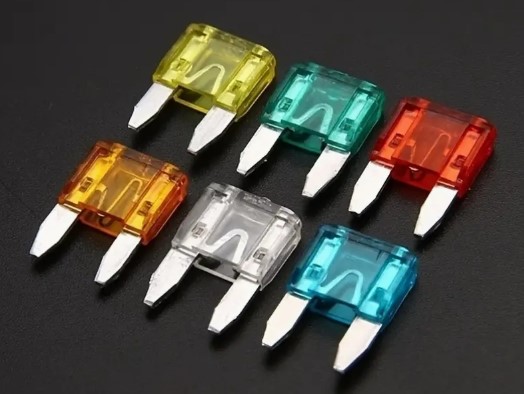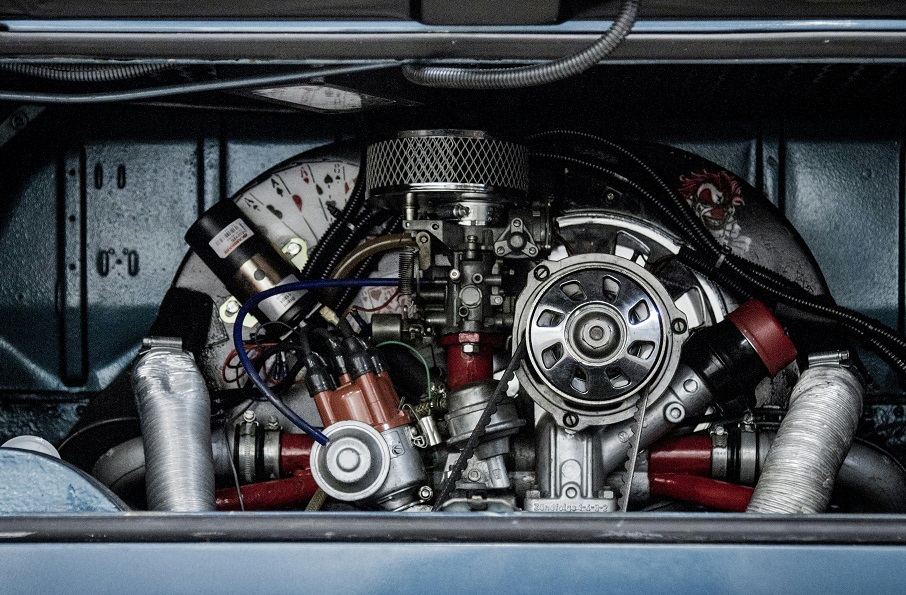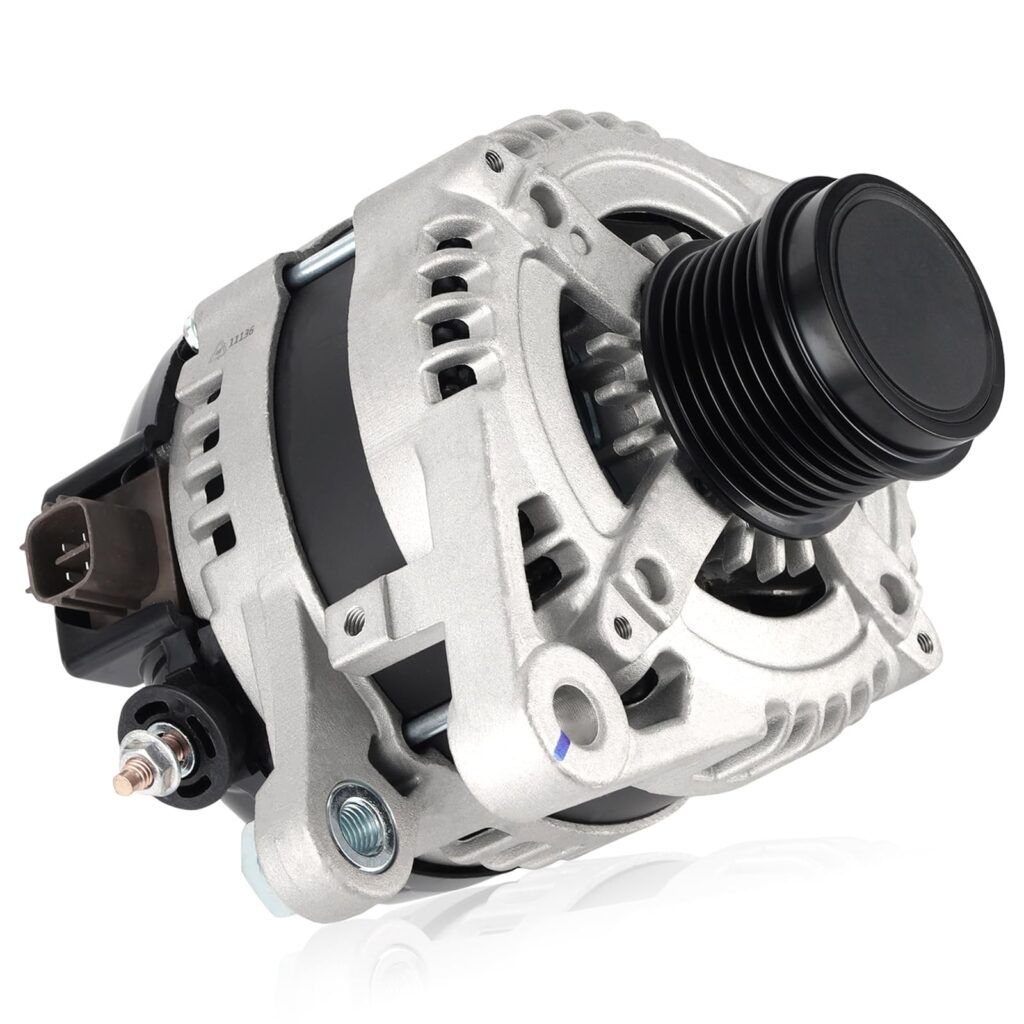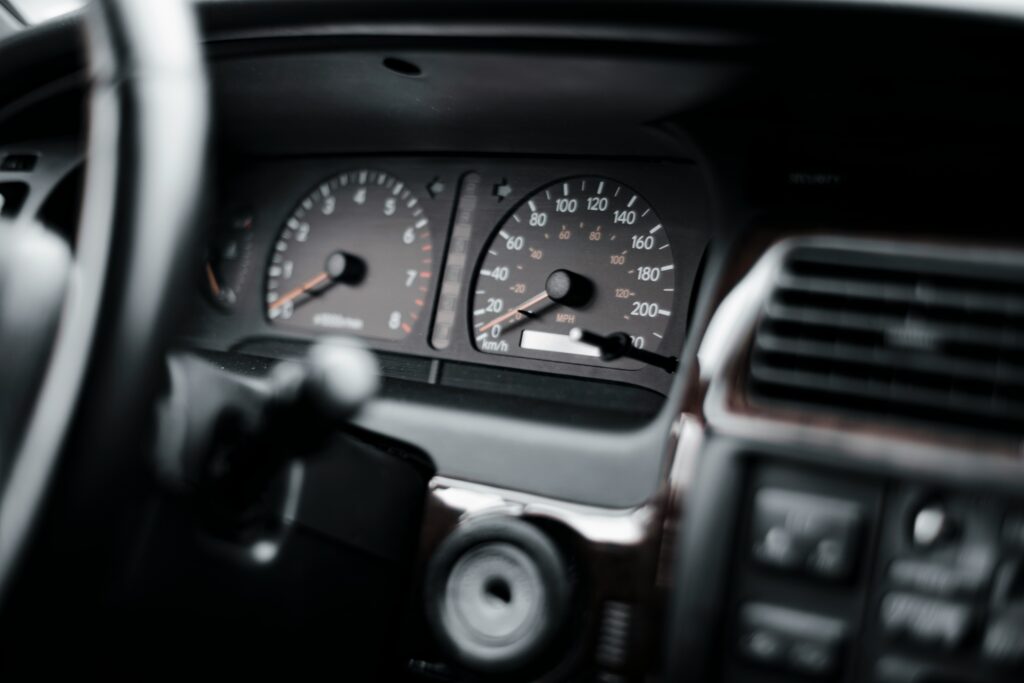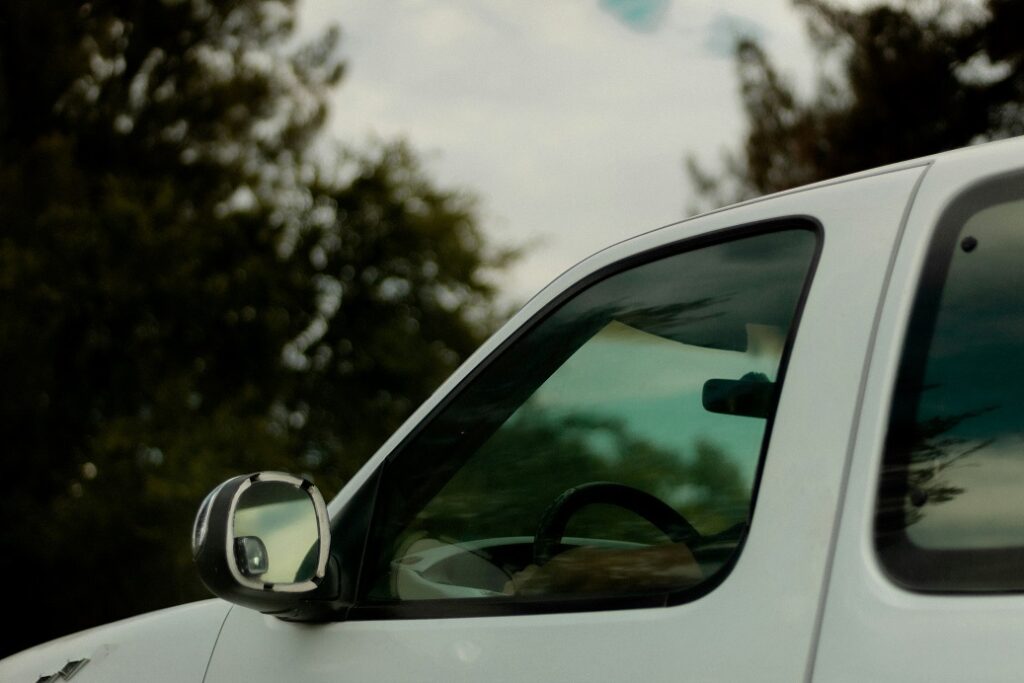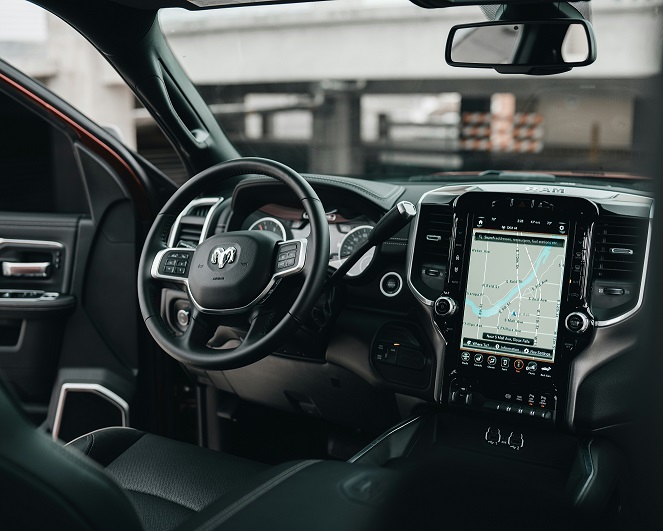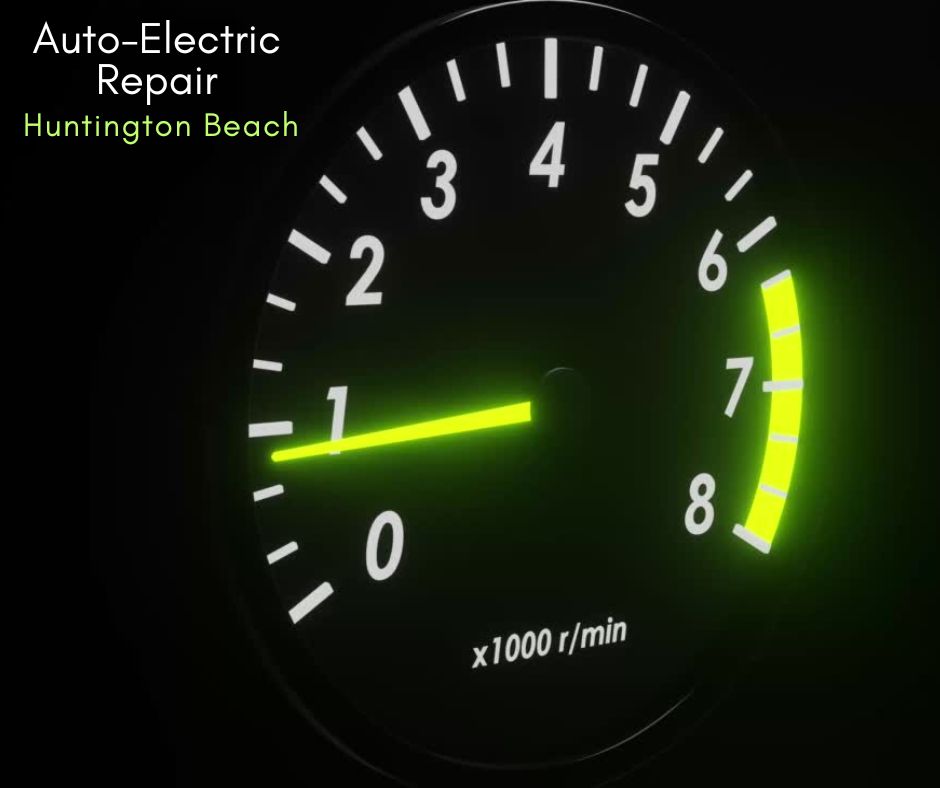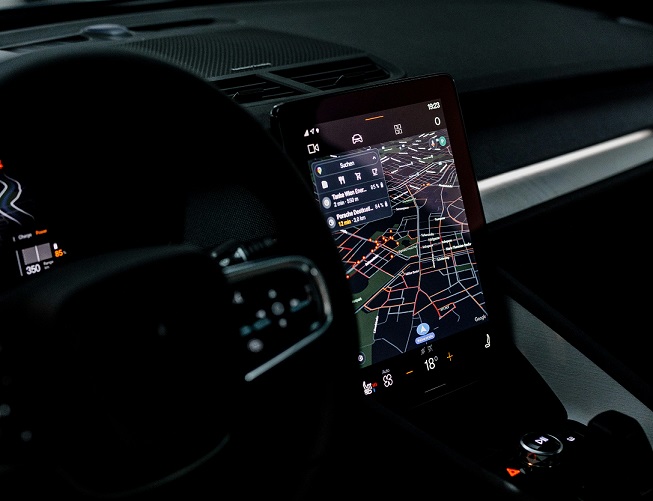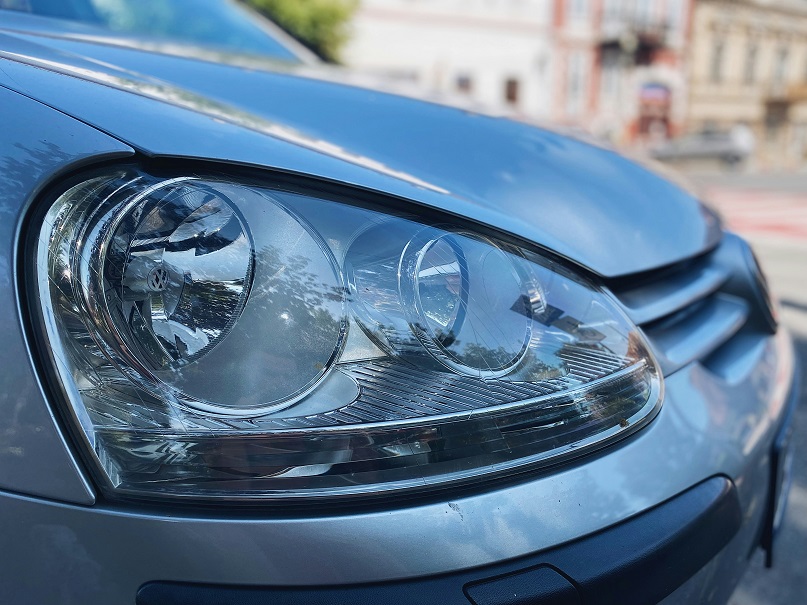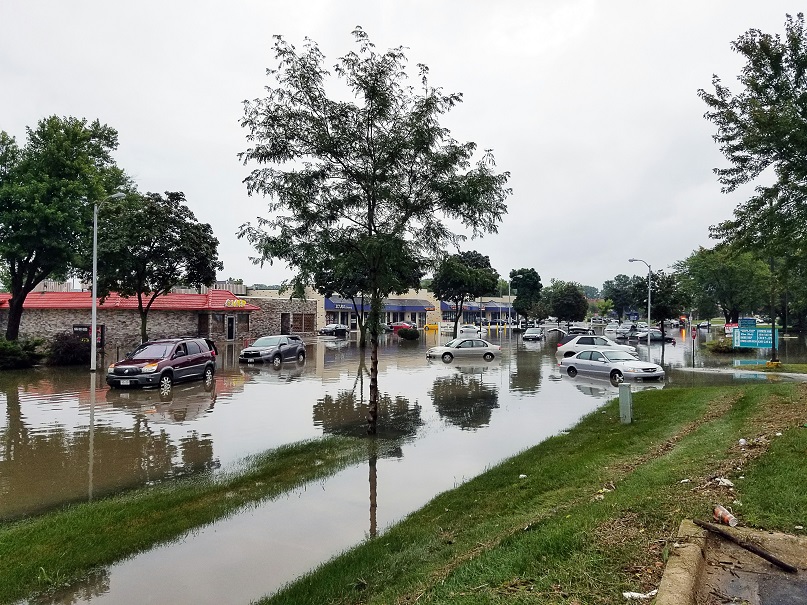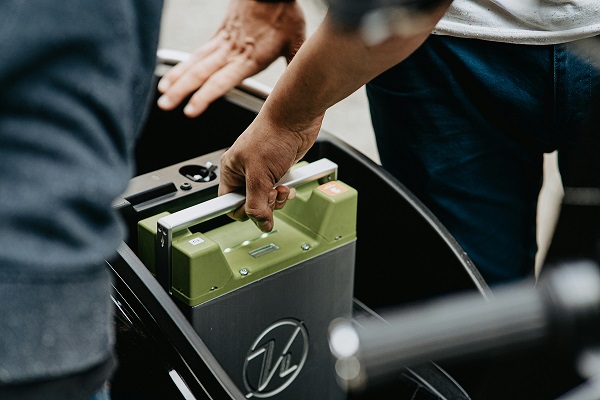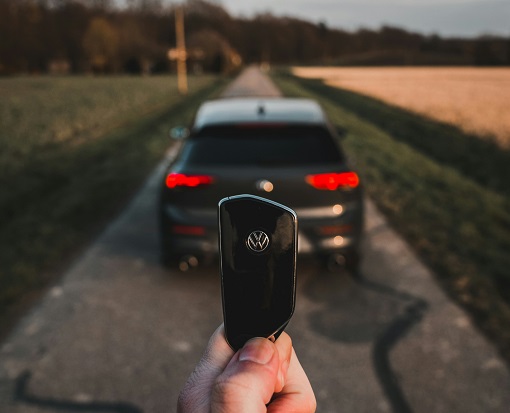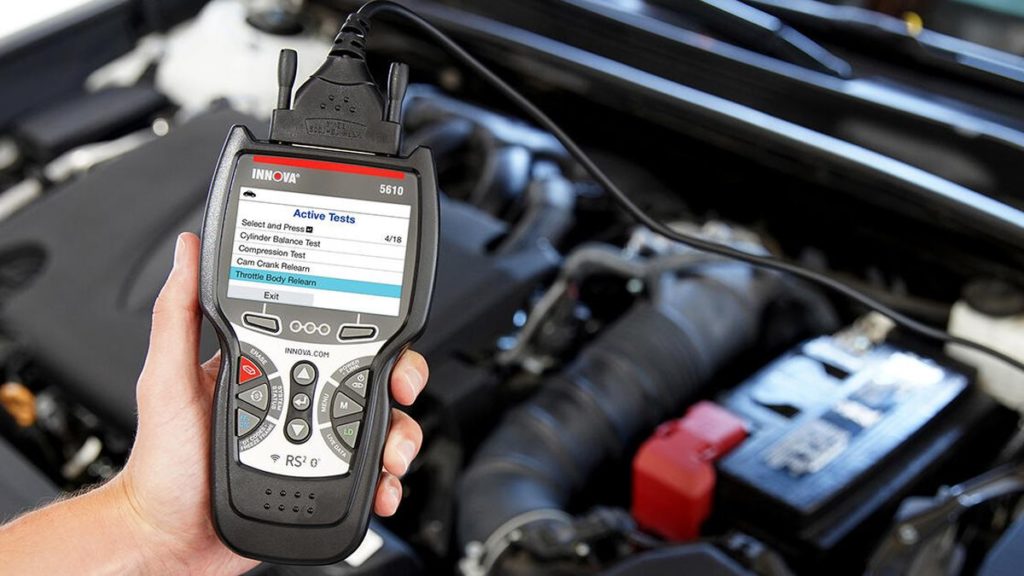Auto Electrical Repairs
Headlights or Taillights Wiring Damage or Open Circuit
SHARE
Diagnosing and Repairing Headlight and Taillight Wiring Issues
One of the most common electrical problems that vehicle owners face is issues with their headlights or taillights. Whether it’s a sudden failure, flickering lights, or dimming illumination, wiring damage or an open circuit can be the culprit. Addressing these lighting problems quickly is crucial for both safety and legal compliance, so it’s important to understand the causes and how to properly diagnose and repair the issue.
Headlight and taillight wiring is subjected to a lot of stress and wear over time. The wires run through the vehicle’s chassis, often in tight spaces and exposed to the elements. Vibrations, corrosion, and even rodent damage can all lead to breaks, shorts, or loose connections in the wiring. An open circuit, where the wire is completely severed, will cause the light to stop working entirely. Partial damage or a short circuit, on the other hand, may result in flickering, dimming, or intermittent operation.
When troubleshooting a lighting issue, the first step is to visually inspect the wiring for any obvious signs of damage. Look for frayed, cracked, or melted insulation, as well as any areas where the wire may have been rubbed through. Pay close attention to areas where the wiring is routed through the vehicle’s body panels or near any moving parts. If you find damage, the affected section of the wiring harness will need to be repaired or replaced.
If the visual inspection doesn’t reveal the problem, the next step is to use a multimeter to test the circuit. Start by checking for power at the light fixture itself. If there is voltage present but the light still isn’t working, the issue is likely with the ground connection or a break in the wire between the light and the power source. An open circuit will show no voltage at the light. A short circuit, on the other hand, may cause the circuit breaker or fuse to trip, cutting power to the light.
Once you’ve identified the specific problem, the repair process will vary depending on the extent of the damage. Minor issues, such as a single broken wire, can often be fixed with a simple splice. More significant damage may require replacing the entire wiring harness section. In some cases, the light fixture itself may need to be replaced if the internal components have been compromised.
Regardless of the specific repair needed, it’s important to use the proper tools and techniques to ensure a safe and lasting fix. Improper wiring repairs can lead to further problems down the road, such as electrical shorts, fire hazards, or even complete lighting system failure. If you’re not comfortable performing the repairs yourself, it’s best to have a professional automotive electrician handle the job.
Maintaining your vehicle’s lighting system is crucial for both safety and legal compliance. By understanding the common causes of headlight and taillight wiring issues and knowing how to properly diagnose and repair them, you can keep your vehicle’s lights in top working condition and avoid the hassle and expense of more serious electrical problems.
